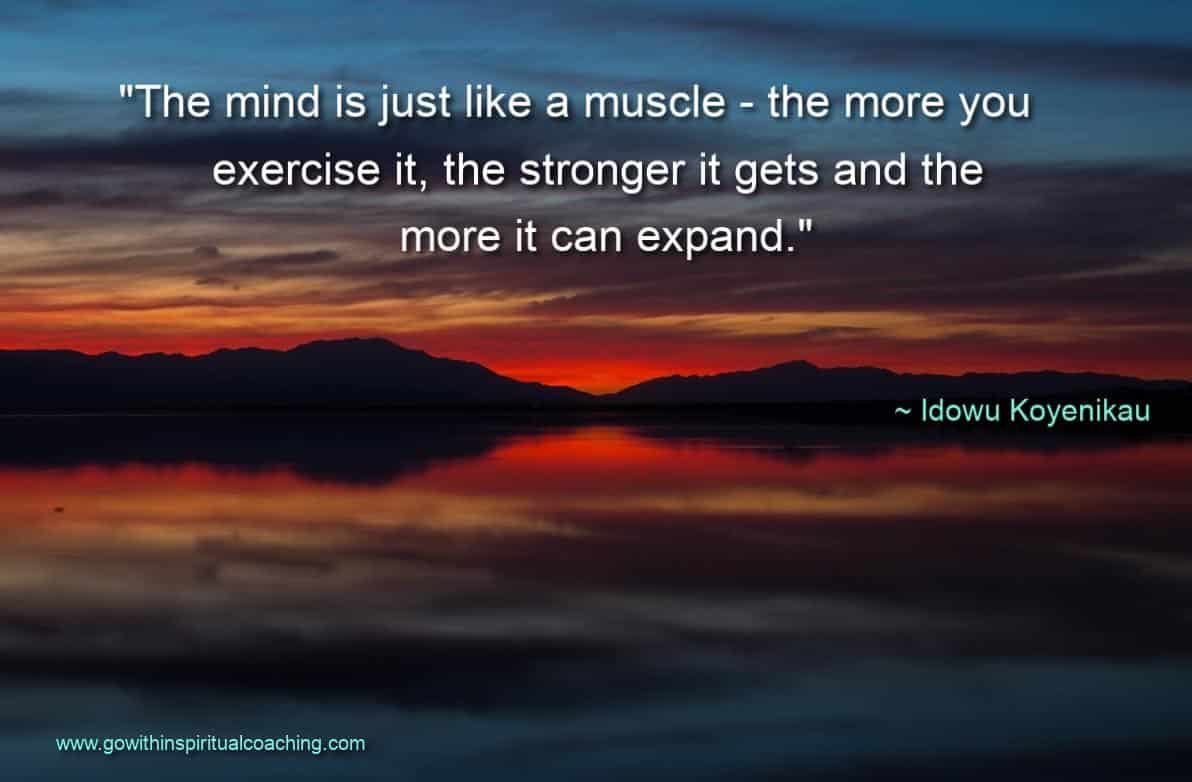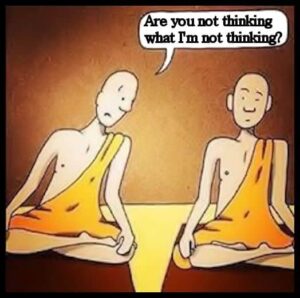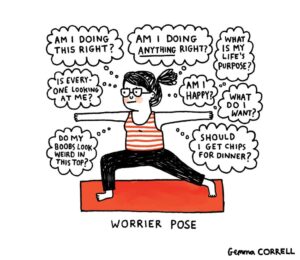
Mindfulness Habits: Simple Steps to Reduce Stress & Anxiety
What Are Mindfulness Habits?
Mindfulness is the practice of being fully present—directing your attention to what you’re doing and your surroundings rather than dwelling on the past or worrying about the future. Mindfulness habits are simple, daily practices that help cultivate awareness, reduce stress, and enhance overall well-being.
If you’re looking for a deeper transformation, mindfulness plays a key role in transformative coaching—a powerful approach that helps you break through limiting beliefs and create lasting change in your life.
As Jon Kabat-Zinn defines it, mindfulness involves:
✅ Paying attention on purpose
✅ Staying rooted in the present moment
✅ Observing without judgment
Breaking Down Mindfulness Habits
🔹 On Purpose – Practicing mindfulness means intentionally directing your focus. When we live more consciously, we stay awake and engaged in the moment.
🔹 In the Present Moment – Letting go of tension caused by wishing things were different helps us accept and embrace what is happening right now.
🔹 Non-Judgmentally – Practicing mindfulness doesn’t mean stopping thoughts—it means observing them without judgment and allowing experiences to unfold naturally.

Why Are Mindfulness Habits Important?
You might be wondering: What does living in the present even mean?
Have you ever driven somewhere, arrived, and realized you don’t remember the journey? Or walked into a room but forgot why you went there?
These are signs of mindlessness—being stuck on autopilot rather than truly engaging with your experiences. Mindfulness habits break this cycle, bringing you back to awareness so you can fully experience life.
Mindfulness in Daily Life
One of the best ways to integrate mindfulness habits is by engaging in daily activities with full awareness.
For example, in yoga practice, rather than focusing on how a pose should look, I encourage students to focus on how it feels. This shift allows them to experience the present moment rather than getting caught up in expectations.

The same applies to daily life—when you live in the past, you carry guilt and regret. When you live in the future, you carry stress and anxiety.
By practicing mindfulness habits, you shift from being a spectator of life to being an active participant.
6 Quick & Easy Mindfulness Habits
If you’re new to mindfulness, here are six simple mindfulness habits you can start today—each takes one minute or less!
1. Count Your Breaths
- Inhale, count 1, exhale 2.
- Continue counting up to 10, then repeat three times.
- This helps reset your mind and bring awareness to your breath.
2. Yawn & Stretch Every Hour
- Fake a yawn to trigger a real one.
- Stretch your arms slowly for 10 seconds, noticing any tension.
- Take another 20 seconds to check in with your body.
3. Mindful Touch Exercise
- Close your eyes and stroke your fingers gently with the opposite hand.
- Focus on sensation and texture as you repeat on both hands.
4. Do a Quick Body Scan
- Start at the top of your head and move your awareness down to your toes.
- Relax each body part as you bring attention to it.
5. Mindful Eating
- Choose a raisin or piece of chocolate.
- Observe it with all five senses before eating slowly.
- Appreciate its texture, taste, and aroma with each bite.
6. One-Minute Breathing Exercise
- Place a hand on your stomach and focus on the rise and fall of your breath.
- If your mind wanders, gently bring your attention back to your breathing.
The Power of Mindfulness Habits
Just like weightlifting builds muscle, mindfulness strengthens your ability to stay present. The more consistently you practice, the more time you’ll spend living in the moment rather than lost in distractions.
Mindfulness is also a foundational part of transformative coaching—helping individuals release limiting thoughts and embrace a mindset of growth and self-awareness.
So, wouldn’t NOW be the perfect time to start your mindfulness practice?
💡 Ready to transform your mindset?
Schedule your FREE 15-minute Virtual Coffee today to explore how mindfulness habits can improve your life.

